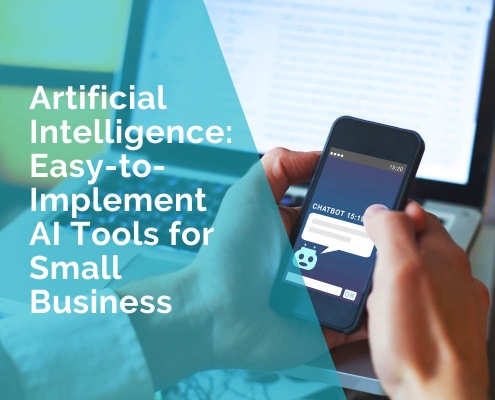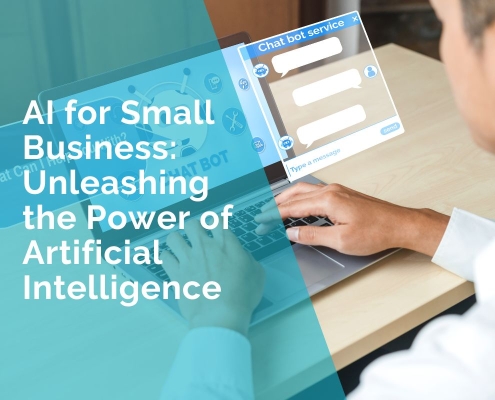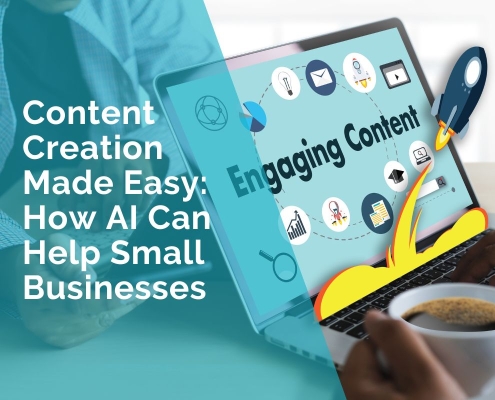Balancing Innovation and Authenticity: How Businesses Can Use Undetectable AI Responsibly
Artificial intelligence is transforming how businesses create, communicate, and compete. Nonetheless, with tools that can produce content indistinguishable from human work, the line between authenticity and automation is becoming increasingly blurred. For many companies, this raises a crucial question: how can they use undetectable AI to stay efficient and creative without compromising trust?
Thus, the discussion below explores how businesses can harness undetectable AI responsibly, ensuring that efficiency never comes at the expense of credibility.
The Challenges of Undetectable AI in Business
Undetectable AI introduces both opportunity and uncertainty. On one hand, companies can test out aiundetect.com or another platform to refine AI-generated content so it reads more naturally and aligns with human communication standards. On the other hand, it presents several challenges, including the following:
Transparency and Trust
When businesses integrate undetectable AI into their operations without disclosure, they risk undermining the foundation of trust that drives customer relationships. If an audience discovers you generated the heartfelt stories, support messages, or advice using AI, they may question every other interaction. Trust once shaken rarely recovers fully, and in today’s competitive environment, skepticism spreads quickly.
Ethical Accountability
Undetectable AI complicates the question of responsibility. When an automated system generates inaccurate, biased, or misleading information, pinpointing accountability becomes difficult. Unlike a human writer or spokesperson, you cannot hold AI morally or legally responsible for its actions. This lack of clarity can leave companies vulnerable to backlash or liability if errors occur.
Brand Authenticity
A brand’s authenticity depends on emotional resonance, consistent tone, and cultural sensitivity—all qualities that AI struggles to replicate reliably. While undetectable AI can mimic style and syntax, it cannot fully understand the emotional undercurrents that shape genuine communication.
Thus, overreliance on automated content risks creating messages that sound polished but lack personality or empathy. Audiences can sense this disconnection, even if they cannot identify its source. Over time, a brand that leans too heavily on AI may appear sterile or insincere.
Compliance and Regulation
Regulatory frameworks around AI are evolving rapidly, and undetectable AI sits at the center of that conversation. Governments and international bodies are drafting policies that emphasize transparency, consent, and data integrity.
As such, businesses that adopt AI without staying informed risk violating emerging standards or facing public backlash over undisclosed practices. Compliance extends to ensuring algorithmic fairness, preventing misinformation, and maintaining explainability in automated systems.
Best Practices for AI Implementation
The rapid rise of undetectable AI has made it easier for businesses to automate creativity and communication, but it has also intensified the need for clear ethical boundaries. Responsible implementation ensures that innovation serves both progress and integrity, allowing technology to enhance rather than compromise human values. Here are tips on how to use undetectable AI responsibly.
Be Transparent
Instead of hiding automation, businesses can normalize it by openly stating where and why they use AI. Simple disclosures can clarify that technology enhances efficiency without replacing human expertise, such as acknowledging AI assistance in a blog post, report, or product description.
Beyond disclosure, transparency should extend to internal operations. Teams across marketing, design, and customer service should understand which processes rely on undetectable AI and how those systems shape messaging. As such, employees can respond confidently to inquiries from clients, regulators, or the public.
Externally, clear messaging about AI use can even strengthen brand integrity. Audiences are more accepting when companies explain that AI helps maintain quality, speed, or accessibility. This openness transforms potential skepticism into trust, showing that responsible innovation values honesty as much as performance.
Ensure Human Oversight
Even with the most advanced undetectable AI, human oversight remains the cornerstone of ethical implementation. Thus, businesses should maintain a clear review process where human editors, analysts, or managers assess AI-generated outputs before publication or deployment. It ensures that messaging reflects genuine empathy, appropriate tone, and brand consistency. Human judgment also provides accountability, bridging the gap between automation and audience expectations.
Strengthen Quality Assurance
AI’s speed and scalability are its greatest strengths, but also potential weaknesses when unchecked. Hence, continuous quality assurance helps detect factual errors, duplication, or subtle bias in AI outputs. Establishing a review protocol that includes plagiarism checks, data validation, and tone consistency audits prevents misinformation from spreading through automated systems. Teams should document these evaluations to build an internal record of accuracy and reliability.
Uphold Data and Privacy Ethics
Every AI model is only as ethical as the data it learns from. Therefore, using unverified or biased data risks embedding discrimination, misinformation, and unfair treatment into business operations. Companies must verify that the datasets used to train or refine undetectable AI are legally obtained, diverse, and representative of the people their products or content serve.
It includes tracing the origin of datasets, reviewing licensing terms, and ensuring data providers follow recognized privacy standards. Protecting user information is equally vital. Data collected for AI training or personalization should only come from users who have given explicit, informed consent. A company should also store it securely, with encryption and access controls that prevent misuse or unauthorized sharing.
Additionally, transparent privacy policies and regular third-party audits help build public confidence in how AI systems handle sensitive information.
Invest in Continuous Learning
AI technology evolves faster than most corporate policies can adapt. Thus, ongoing education helps teams understand new capabilities, risks, and regulatory changes associated with undetectable AI. Regular training programs should cover not only technical skills but also the ethical and cultural implications of automation.
To make learning effective, companies should integrate AI literacy into their broader development strategies rather than treat it as an occasional workshop. Continuous learning also encourages experimentation within safe boundaries. Additionally, cross-functional training allows marketers, developers, and compliance officers to understand how AI decisions affect one another’s work, reducing miscommunication and misuse.
Conclusion
Responsible use of undetectable AI depends on integrity and foresight, as both guide how technology interacts with human judgment. For instance, when businesses remain transparent about how they use AI, they reinforce the honesty that keeps audiences engaged and trusting. Additionally, maintaining human oversight ensures that innovation never distances itself from empathy or context. Ethical data practices further strengthen this balance.
***
Arjay Reyes











